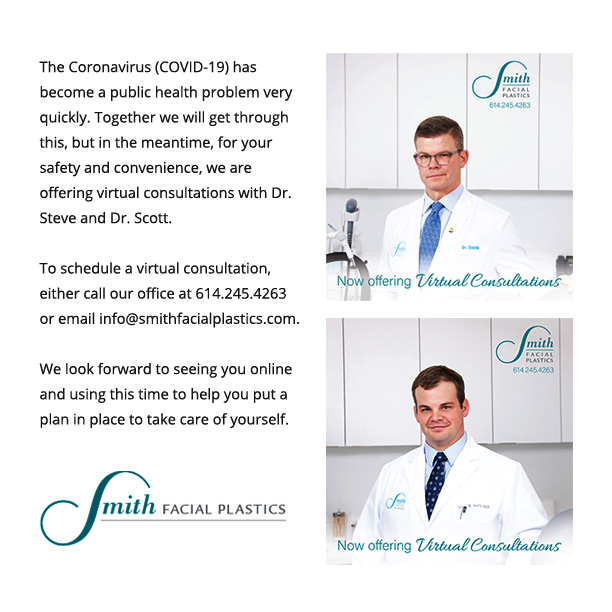Are You Ready for a Facelift?
Back when you were in your 20s or 30s, a facelift might not have been something you ever saw yourself considering. But, as you get older, and notice signs of sagging and wrinkles on your face, you might be more likely to consider surgery, especially if you have friends who are talking about their success with surgery or their desire to have facial plastic surgery.
Determining if you’re ready for a facelift involves more than just looking at your face in the mirror or confirming that you’ve reached a certain age. Whether you’re ready for facial plastic surgery or not depends on many factors, some of them physical, some of them emotional. Your surgeon can help you decide if the procedure is appropriate for you, or if other options are a better fit at the moment.
What are Your Goals?
Understanding what you hope to get out of the surgery and what your goals are is the first step to figuring out whether or not a facelift is the right move at the moment. Your goals can be physical, mental and emotional. No matter what they are, what is important is that they are realistic. For example, you might be thinking about a facelift because you are hoping it will make you feel the way you did at 30.
While the surgery will take a few years off of your appearance, it won’t bring you back to a more youthful time in your life. You’ll still think and feel the way you do now, whether you’re 45 or 60.
The driving reason behind your surgery also plays a big part in whether or not you’re ready for it. Think about who you are have the procedure for. Are you doing it because it’s something you want to do? Or, are you doing it because you are having problems with your relationship and you hope that looking younger will solve them? Are you thinking about a facelift because you hope to land a promotion at work? The surgery can turn back time in turns of your looks, but it won’t repair your relationship or lead to automatic advancement at your job.
Finally, it’s worth it to think of what your goals are when it comes to your physical appearance. During a consultation, your surgeon will give you a realistic idea of what the surgery will change about your appearance. For example, it can make you look refreshed and smooth sagging skin. But, it won’t give you the face of a celebrity or completely change your facial structure.
How’s Your Health?
Generally, people considering facelifts need to be in good health. If you have any long term medical issues or have habits, such as smoking or drinking, that interfere with your health, your surgeon will most likely advise you to wait until any conditions are under control or until you’ve quit smoking for a certain amount time before having surgery. Even if you feel completely fine and have no history of illness, it’s a good idea to have your primary care doctor perform a full check-up before you schedule a consultation with a surgeon, just to make sure everything is in good order.
What’s Going on With Your Skin?
Your expectations are realistic and you’ve been given a clean bill of health. Next up is to make sure the type of aging you have makes you a good candidate for the surgery. To be a candidate for a facelift, you should have some looseness or sagging in the lower part of your face, by the cheeks and chin. If your primary concerns or wrinkles are in the upper part of the face, a procedure such as a browlift might be a better option. If you just have a mild amount of looseness in the lower area of the face, a mini facelift can be a more appropriate pick.
If you are more concerned with the color or texture of your skin, a non-surgical procedure, such as laser skin resurfacing, might be more appropriate. While a facelift will smooth your lines and wrinkles and remove sagging, it won’t even out skin tone or reduce the appearance of your pores.
Do You Understand the Risks?
Knowing any potential complications and understanding what the recovery period will be like are two more considerations when deciding if you are ready for a facelift. While any risks can be rare and can be minimized by following the instructions given by your surgeon, it’s still important that you understand what they are.
Part of understanding the risks and potential complications is understanding the recovery process. If you know what could go wrong, you’re more likely to understand the importance of taking it easy during recovery and of avoiding certain activities, such as exercising or even going to work for a few days. Being ready for a facelift means being ready to set aside a week or two afterwards to relax and recover, before going back to work.
Dr. StephenSmith, a fourth generation facial plastic surgeon in Ohio , is available to help you decide if you’re ready for a facelift. Dr. Smith can give you the full details on what the surgery entails and help you determine if your expectations are realistic. Dr. Smith has two practice locations in the state. For a consultation at the practice in Gahanna, Ohio, call 614-245-4263. To schedule an appointment in Columbus, Ohio, call 614-678-7180 today.


